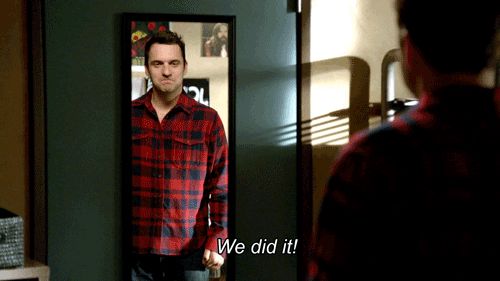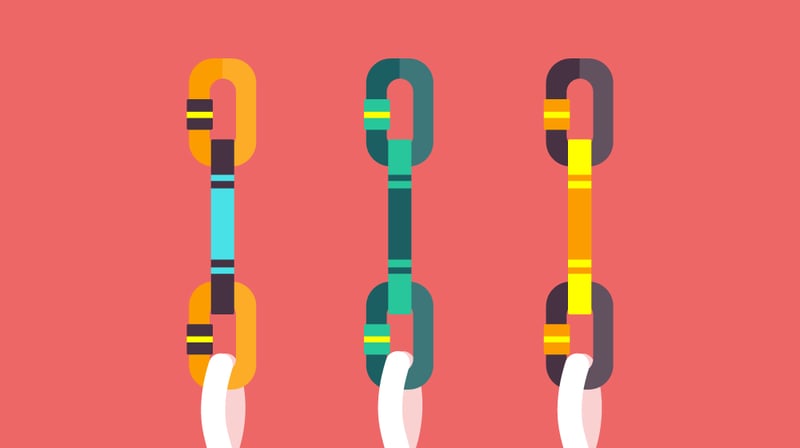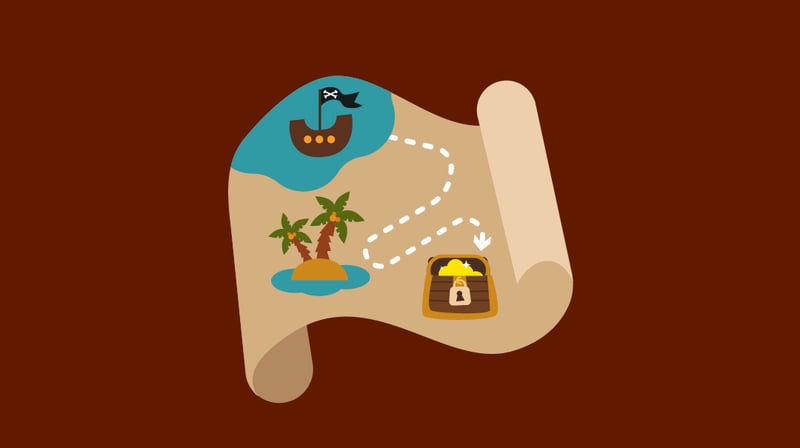Climate change is an issue we can no longer ignore.
College and universities can play an integral role here. They can positively shape their students and communities in order to minimize their environmental impact.
This should go beyond celebrating Earth Day, which you should definitely still do (on April 22). This means infusing sustainable practices into programming all year long and making environmental impact fundamental to every student’s learning, no matter their major.
There are a lot of great institutions doing awesome work in this space, which I’ll highlight to inspire you and your coworkers. I’ll include tips on events, coursework, and campus cultural shifts.
Programming Pivots
Campus events come with the potential for a lot of waste, as well as great opportunities to help participants form greener habits.
As you’re planning and promoting an event, let participants know ahead of time that they should bring their own reusable bags, cups, bottles, utensils, and/or mugs. You can also have composting bins available and switch as much of your tableware to be compostable or biodegradable as possible.
You can also advertise that sustainable straws will be available by request rather than automatically giving them out. Note that it’s important to keep straws on hand since some people with physical disabilities may need them to drink.
You may want to also limit the amount of single-use or giveaway items that you purchase. Substitute them with fewer, higher-quality reusable items.
Lastly, try to source local and sustainable food and make note of this distinction to attendees. If this isn’t feasible, carefully consider which food items you can order to minimize waste. Your campus’s dining service, for example, may be happy to help you with this initiative.
All of these can be great opportunities to teach students how to recycle, how composting works, the impact of using reusable items, the value of buying locally and ethically, and the reasoning behind all of these choices.
A lot of people don’t realize how much waste they’re producing over time. Simple everyday choices can make a big difference, especially if more and more people also commit to them. Take, for example, bottled water. Americans’ per capita average consumption is 42 gallons per year. If you simply use your own reusable bottle, your personal consumption can go to nothing.

Similarly, plastic bags are consumed in the billions per year but you can minimize or even completely avoid them with a small stash of reusable bags. Even cutting out dairy and beef from your diet (or at least reducing your consumption of these products) can have a huge environmental impact.
The Association for the Advancement of Sustainability in Higher Education recently compiled some great ideas of programs that are sustainability-focused in and of themselves. They’re great for Earth Day, but many of these examples could be done anytime. I especially love the student-powered smoothies idea.
These sorts of efforts are all about making your sustainable practices consistent — not just something that is done as a novelty once a year.
Learning Outcomes
A common hurdle when it comes to environmental education is that many people think that the concerns don’t apply to them.
But, to drive home the point that no one is immune, you can highlight how climate change can impact a student’s particular field of study.
Consider also exploring with students how climate change disproportionately affects the most vulnerable island communities, which contribute far less to greenhouse gases than developed countries. In addition, you can talk about the economic impacts of more turbulent weather caused by climate change, along with climate change policies like the “Green New Deal.”
Consider working with your faculty and academic departments to figure out how best to incorporate learning outcomes like these. It should be a collaborative effort that isn’t meant to be disruptive, simply taking into account this important topic in a natural way for student learning.
The Sierra Club published a rundown of how 20 institutions are integrating sustainability into their campus activities and curriculums. The list includes environmental teaching fellowships at the University of Illinois, environmental leadership certificates at Thompson Rivers University, required environmental coursework at the University of Connecticut, and gamification of campus sustainability goals at Santa Clara University.
Implementing programs and initiatives like these can produce high-impact learning outcomes. Students will do meaningful work, see the results of their efforts, and interact meaningfully with faculty.
Cultural Changes
Any of the practices I’ve mentioned so far will work best if it’s a campus-wide effort, with you collaborating with other professionals to affect cultural change. You need to get as many colleagues as possible on board, including upper-level administrators.

This means having your values show up in your budget, as well as sharing the news of your successes. This could include a flattering write-up that is put up on the institution’s website and social media accounts with data from your work.
This cultural change can also come in the form of policies. For example, you could require faculty to only assign textbooks that have digital formats available. This will help reduce the production and shipping impact for those students who opt into that option. You could also create a campus-wide initiative to nurture carpooling and cycling, which will help cut back on emissions from everyone driving on to campus. There could also be a policy that bans bottled water from being sold on campus or plastic bags being given out at events.
These sorts of top-down changes can have powerful impacts, as they showcase your values loud and clear to everyone.
You will certainly need to shepherd quite a bit of change here since there will be skeptics, but coming in with a detailed context for the decision will help. For example, you could highlight the amount of waste produced in the US, America’s energy consumption, or the harsh impact our obsession with “fast fashion” is having on the world.
Try to get a handle on how your campus’s consumption and production compares to these national averages. Then, you can create benchmarks to show the change over time resulting from your hard work.

This type of work isn’t easy, but nothing important ever is. We need to commit ourselves to the cause, work together, and to celebrate milestones. Integrating sustainable practices and learning across your campus will take time, but the entire planet and future generations will be grateful.
How do you integrate sustainability into your work? Let us know on Twitter @themoderncampus and @HigherEd_Geek.





